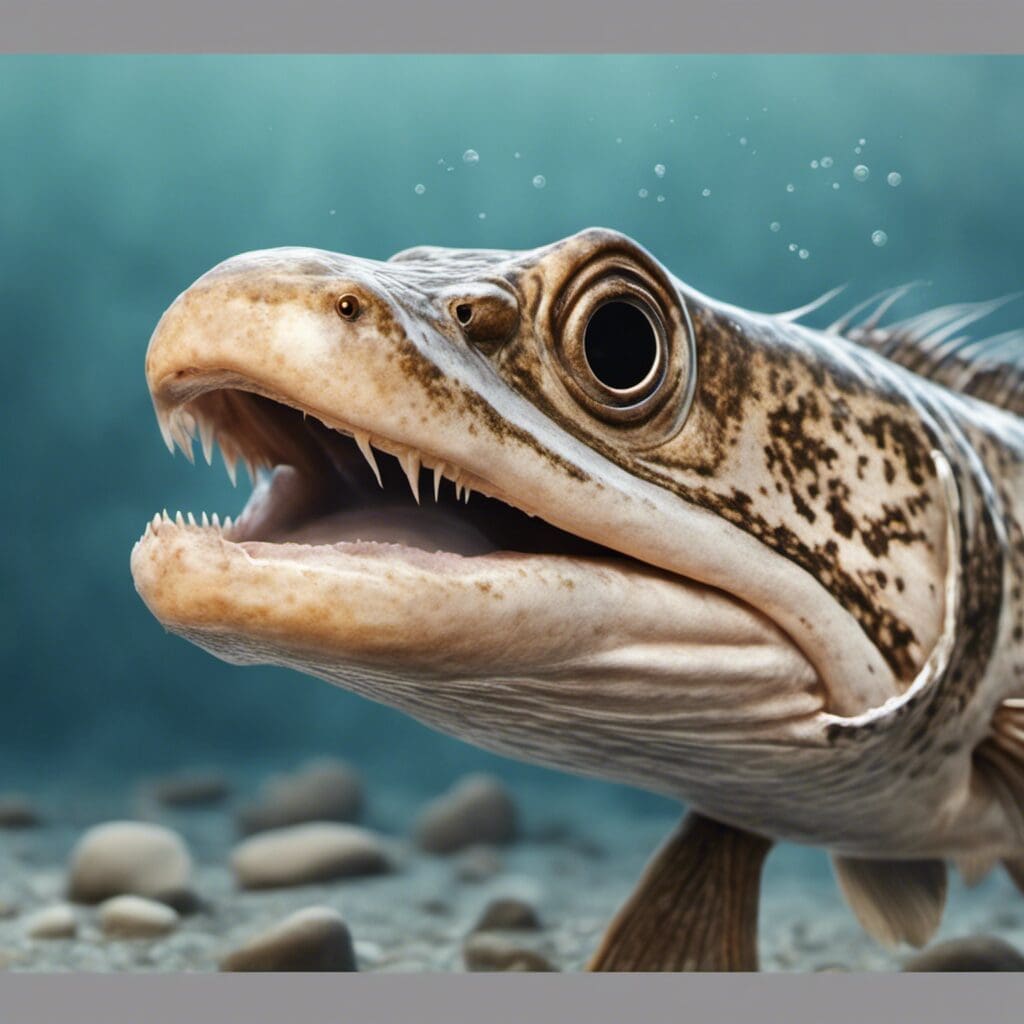Introduction
The Inshore Lizardfish, also known as Synodus foetens, is a marine species belonging to the Synodontidae family.
Conservation Status
The Inshore Lizardfish is currently deemed as of “Least Concern” by conservation statuses. This is largely due to the species’ wide range and lack of known threats.
Statistics
| Average | Range | |
|---|---|---|
| Length | 25cm | 15cm – 38cm |
| Weight | 0.5kg | 0.2kg – 1kg |
| Average Lifespan | Up to 5 years | |
Distribution
Inshore Lizardfish are widely distributed across the Western Atlantic from New Jersey, USA to Brazil, including the Gulf of Mexico and the Caribbean Sea.
They display no known migration patterns.
Habitats
Inshore Lizardfish inhabit saltwater marine environments, prefering a depth range of 15-200m. They are found in warm, tropical waters.
When and Where to See
Inshore Lizardfish can be encountered year-round, with the greatest likelihood of spotting them during the daytime.
Best Fishing Locations
While specific hotspots for Inshore Lizardfish are not broadly identified, common locations include coastal and estuarine waters around:
- Florida, USA
- Cuba
- The Bahamas
- Yucatan Peninsula, Mexico
In general, look for clear, warm waters with sandy or muddy bottoms where this species likes to dwell.
How to Catch
Inshore Lizardfish are attracted to a variety of baits including squid, small fish, and shrimp. Common techniques involve bottom fishing using a light tackle.
They are less active at night, so fishing is most successful during daylight hours.
Identification Guide
Inshore Lizardfish are characterized by an elongated body with a pointed snout, wide mouth and sharp teeth. It has two dorsal fins and a lightly-coloured body speckled with red-brown.
Culinary
Despite their slightly off-putting appearance, Inshore Lizardfish are edible and can have a delicate, mild flavor. They can be grilled, fried, or baked.
However, their small size and numerous Y-bone structure may pose a challenge during preparation.
Additional Information
Inshore Lizardfish are opportunistic feeders, primarily hunting small fish and crustaceans. As for predators, larger fish, sharks and seabirds are known to feed on this species.
There is little known about their cultural or historical significance.
References and Further Reading
- Fishbase - Synodus foetens
- Florida Museum – Inshore Lizardfish

